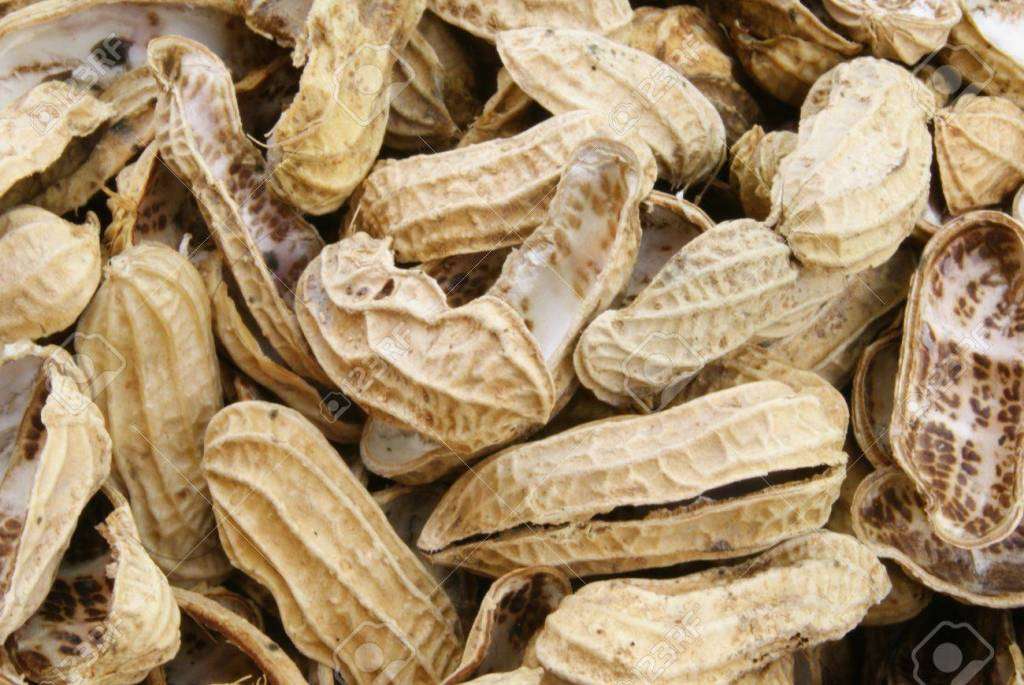A team from the Institute of Nano Science and Technology (INST) creates invention that helps generate green energy from waste peanut shells
The Hush Post: In a revolutionary invention, a team from the Mohali-based Institute of Nano Science and Technology (INST) has created graphene from the waste peanut shells and this graphene can store electricity that can power smart electronic and medical devices.
The INST team was led by Dr Ramendra Sundar Dey and it conducted a research and created this unique invention of producing ‘graphene’ from peanut shells. The team found that these waste shells contain something which can replace batteries and supercapacitors as the next-generation energy-storage devices, Hindustan Times reported on Friday.
“The research, though completed in November last year, was refined till the first quarter of this year. We will apply for a patent for the process within a month, which we hope to get in another six months,” HT quoted Dr Dey as saying.
Dr Dey said that graphene was a form of carbon consisting of planar sheets which are one-atom thick. “It is now evolving as an alternative route to conventional energy-storage devices like batteries and supercapacitors,” he reportedly said.
Mohali-based institute generates grapheme from peanut shells that can store electricity
Mohali-based Institute of Nano Science and Technology (INST) has created grapheme from the waste peanut shells.
“This work is not about waste agricultural bio-mass recycling. It is about making high-performance energy-storage devices. The method is biocompatible and reproducible at the industrial scale in a highly cost-effective and ecofriendly manner. It can revolutionise high-energy storage devices,” Dr Dey was quoted as having said.
He further said, “This green energy production is free of any hazardous chemical or high-temperature furnace. An age-old technique of mechanical exfoliation is used for developing few-layer graphene from this peanut shells rich in carbon.”
He said while graphene holds the promise of future engineering and technology, the current production cost of single-layer and few-layer graphene for commercial applications is very high.
He said peanuts are largely used for their ability to fix the nitrogen content of soil and hence cultivated both as a food and for replenishing the soil. “So obviously it is one of the most abundant waste biomass all over the world.”
According to the Food and Agriculture Organisation (FAO) of the United Nations, India produces 6.6 million tonnes of peanuts per year, which is the second highest production in the world after China, the report said.
Dr Dey said they aimed at converting this huge turnover of waste shells currently finding way into landfills to few-layer graphene, which is best among similar contemporary biomass-derived storage devices.
“This green supercapacitor production requires minimal monitoring and has no scientific limitations. It may inspire new insights into its broad application range, especially in fabricating low-cost, portable energy-storage systems that can power smart electronic and medical devices,” HT quoted Dr Dey as saying.
This news has not been edited by Apni Kheti staff and has been published from different feeds.
Source: HT Punjab & Haryana










